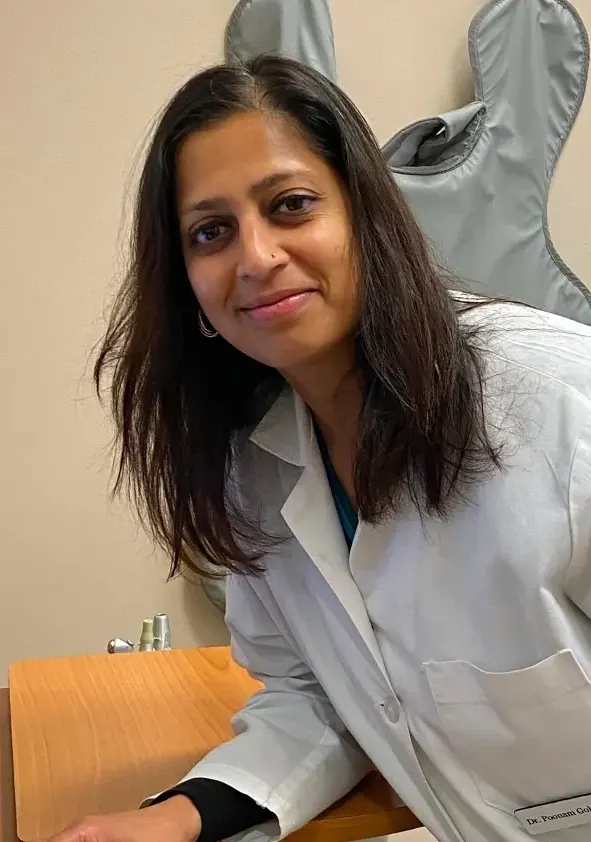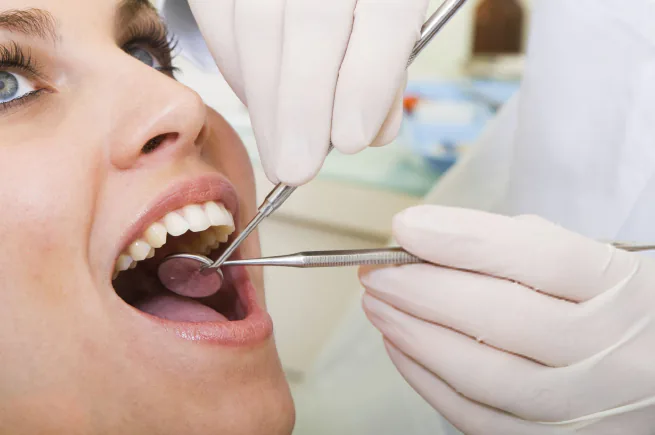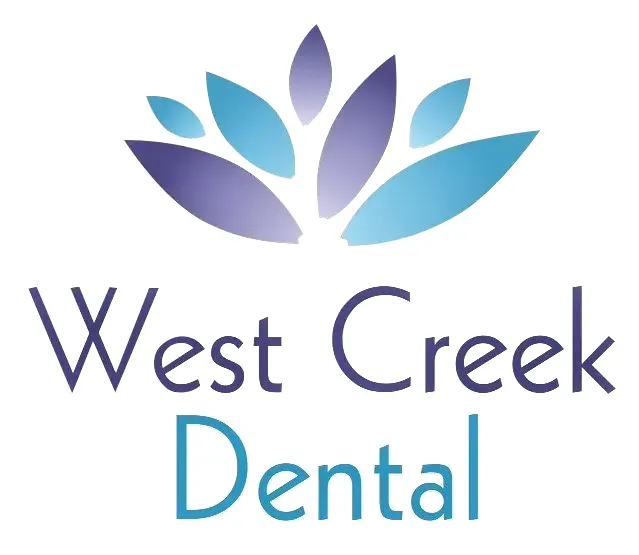New Patient Visit
Free Consult
- Free Initial Consultation ($150* Value)
*Conditions Apply
WHY CHOOSE
Dr. Gokhale?

HIGHLY SKILLED & COMPASSIONATE
WITH A WOMAN’S GENTLE TOUCH
19+ Years Clinical Experience
Extensive Advanced Training in the Fields of:
- All Aspects of Cosmetic Dentistry
- General Dentistry
- Invisalign® Certified
State-of-the-Art Technology for Optimum Patient Care & Comfort
- Panoramic 2D Full Mouth X-Ray Exposing Areas that Can’t be Seen with Traditional X-rays
- Intra-Oral Camera for a Clear Accurate Picture of All your Teeth
- Low Dose Digital X-Rays = 90% Less Radiation
WHAT PEOPLE SAY
Testimonials
My experience at West Creek Dental was excellent! The staff were very courteous and attentive. They explained the procedure and insurance / payment options in detail. Dr. Gokhale is very knowledgeable and precise in her explanation of work that needs to be done and treats you like you are the only patient in the office. Never rushed and never makes you feel pressured. Highly Recommended!
Teju S.★★★★★
Great, friendly staff! They made me feel right at home. Dr. G was so helpful and informative every step of the way. I love her attention to detail! Just finished my invisalign treatment!
Brian LeSure★★★★★
Previous
Next
Even if you take excellent care of your teeth and gums at home, it is still imperative to see a dentist regularly. Dr. Gokhale and our team can check for problems that you may not see or feel.
How Often Should You
Visit The Dentist For a Check-Up?
The standard recommendation is to visit twice a year for check-ups and cleanings. This frequency level works well for most people.
Patients with implants, crowns and some people with gum disease, a genetic predisposition for plaque build-up or cavities, or a weakened immune system might need to visit the dentist more frequently for optimal care.
Important Reasons For Twice-Yearly Visits:
- To allow your dentist to check for problems that you might not see or feel including early signs of decay.
- To treat any other oral health problems found (Generally, the earlier a problem is found, the more manageable it is.)

What Happens At
The Typical Check-Up Appointment?
- Cleaning Although home-based tooth brushing and flossing help remove plaque, only a professional cleaning – provided by the dentist or dental hygienist – can thoroughly clean your teeth and remove the hardened plaque (called calculus or tartar) that builds up on teeth. The hygienists use a series of metal hand instruments to clean your teeth.
- Polishing After your teeth have been cleaned, they are polished to remove plaque and stains on the tooth surface. The polish contains an abrasive substance and fluoride, and is applied using a small rotating rubber cup or brush attached to the dental handpiece.
- Prevention The hygienist might offer additional instructions for you to follow at home, based on the results of your exam. Don’t hesitate to ask us for instructions about brushing or flossing, or general care questions about your teeth and gums.
- DIGITAL X-RAYS We use DIGITAL X-RAYS thereby exposing our patients to much less radiation than traditional x-rays. The dentist will consider your clinical examination, dental history, and risk for developing cavities in determining the frequency for x-rays.
- Treatment recommendations If any oral health problems are identified during your examination, the dentist will make recommendations for the best next steps. These might include referral to another oral health care specialist, additional diagnostic tests, or advice to return for restoration work or additional oral health care.
Our State-of-the-Art Technology
- Air Abrasion: For certain small cavities, Air Abrasion can mean NO needles and NO drills.
- THE Intra-Oral Camera: With a small camera shaped like a pen, it puts a live shot of your teeth and gums on a screen. This allows you to view your mouth exactly as the doctor sees it!
- Digital Imaging: Allows us to create images of your mouth, as if the cosmetic procedures have been completed. We can then view these images together, and if necessary modify the image until it shows us exactly what you want.
Contact us today to schedule an appointment.
Don’t hesitate to contact us to discuss any aspect of your dental health or to talk about our creative financing options – no-one should be denied the proper dental care because of money.
